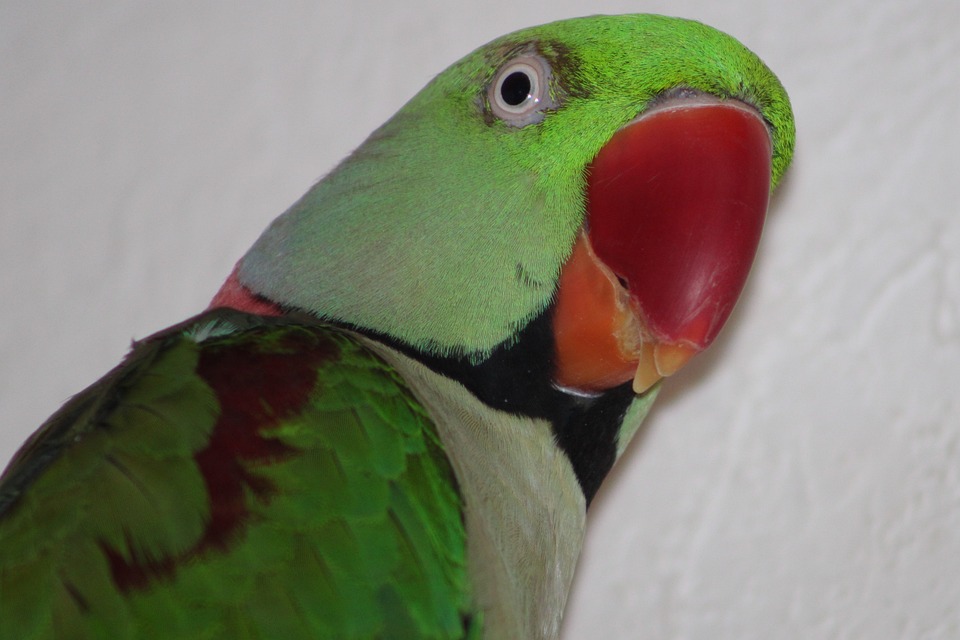Outdoor aviaries provide parrots with a naturalistic environment and ample space to thrive. However, understanding parrot behavior in these settings can be a challenging endeavor. In this article, we will delve into the intricacies of parrot behavior in outdoor aviaries, shedding light on their social interactions, territorial instincts, and enrichment needs. Additionally, we will address frequently asked questions to help you better understand and care for your feathered companions.
Parrots are highly social creatures that thrive in the company of their own kind. When housed in outdoor aviaries, they often form complex social structures, mirroring their natural behavior in the wild. Flock hierarchy is an important aspect of parrot social dynamics. Within a flock, there is a dominance hierarchy, also known as the pecking order. This hierarchy determines the social standing of each bird and influences their access to resources and interactions with other flock members. Additionally, parrots in outdoor aviaries form social bonds and may pair up with a specific mate. These social bonds are crucial for their emotional well-being.
Communication among flock members is essential for parrot socialization. Parrots use vocalizations to communicate with each other, emitting various calls and sounds to convey different messages. Body language also plays a significant role in parrot communication. They use their body postures, wing positions, and feather displays to express their emotions and intentions.
Parrots exhibit strong territorial instincts, which can manifest in various ways within an outdoor aviary setting. Understanding and managing these instincts is crucial for maintaining a harmonious environment. Parrots mark their territory through vocal displays and calls, signaling to other birds that the area is already claimed. They also establish specific feeding and roosting areas within the aviary, which can lead to conflicts if not managed properly.
Aggression is a common behavior in parrots, especially when territorial boundaries are challenged. Identifying triggers for aggression and implementing appropriate interventions are essential for reducing conflict. Separation and providing ample space for each bird to retreat if needed can help mitigate aggressive behavior.
Providing an enriching environment is vital for the physical and mental well-being of parrots. In outdoor aviaries, enrichments play a significant role in keeping your feathered companions engaged and content. Incorporating natural elements such as native plants and trees can provide a stimulating environment for parrots. Climbing structures and perches also offer opportunities for physical exercise and mental stimulation.
Interactive toys and foraging opportunities are excellent ways to keep parrots engaged. Puzzle toys challenge their problem-solving abilities, while foraging opportunities mimic their natural behavior of searching for food. These activities help prevent boredom and stimulate their natural instincts.
Now, let’s address some frequently asked questions about parrot behavior in outdoor aviaries:
Q1. How can I introduce new parrots to an existing flock in an outdoor aviary?
A1. Gradual introductions, quarantine periods, and supervised interactions are essential steps in introducing new parrots to an existing flock. Observing body language and providing ample space for each bird to retreat if needed is crucial during this process.
Q2. Should I provide artificial lighting in the outdoor aviary?
A2. While parrots benefit from exposure to natural light, providing artificial lighting can help regulate their sleep cycles and maintain a consistent routine. Consult with an avian veterinarian to determine the appropriate lighting setup for your specific species.
Q3. How can I prevent boredom in my parrots housed in an outdoor aviary?
A3. Regularly rotating and introducing new toys, providing foraging opportunities, and offering social interactions through supervised playtime or visits from other parrots can help prevent boredom and stimulate your birds’ natural instincts.
Q4. How can I mitigate aggressive behavior between parrots in an outdoor aviary?
A4. Identifying and addressing potential triggers, creating separate areas for rest and feeding, and providing ample space and stimulation can help reduce aggressive behavior. Consulting with a qualified avian behaviorist is recommended for specific cases.
In conclusion, understanding parrot behavior in outdoor aviaries is key to ensuring the well-being and happiness of your feathered friends. By acknowledging their social dynamics, territorial instincts, and enrichment needs, you can create an environment that promotes their natural behavior and fosters their overall health. Remember, each parrot is unique, and observing and adapting to their individual behaviors will help you provide the best possible care and companionship.









